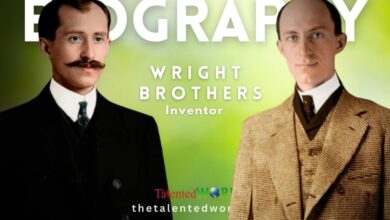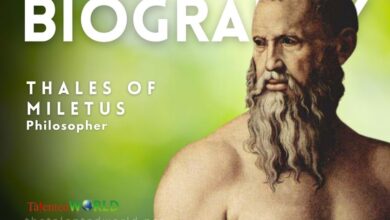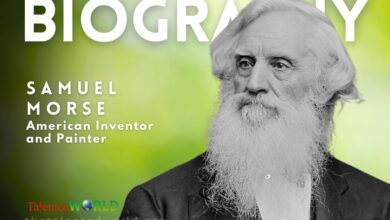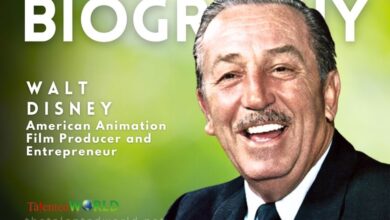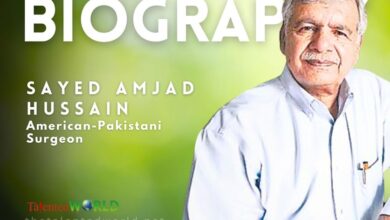| Date of Birth | August 19, 1906 |
| Place of Birth | Beaver, Utah, U.S. |
| Date of Death | March 11, 1971 |
| Place of Death | Holladay, Utah, U.S. |
| Employer(s) | Philco, Farnsworth Television and Radio Corporation, International Telephone and Telegraph |
| Known for | Inventor of the first fully electronic television; over 169 United States and foreign patents |
| Spouse | Elma “Pem” Gardner (1908–2006) |
| Children | 4 sons |
| Notable Relatives | Agnes Ann Farnsworth (sister) |
| Early Life | – Eldest of five children |
| – Born to Lewis Edwin Farnsworth and Serena Amanda Bastian |
| – Raised in a small log cabin built by Lewis’ father in Manderfield, near Beaver, Utah |
| – Moved to a relative’s ranch near Rigby, Idaho in 1918 |
| – Developed an early interest in electronics |
| – Excelled in chemistry and physics at Rigby High School |

